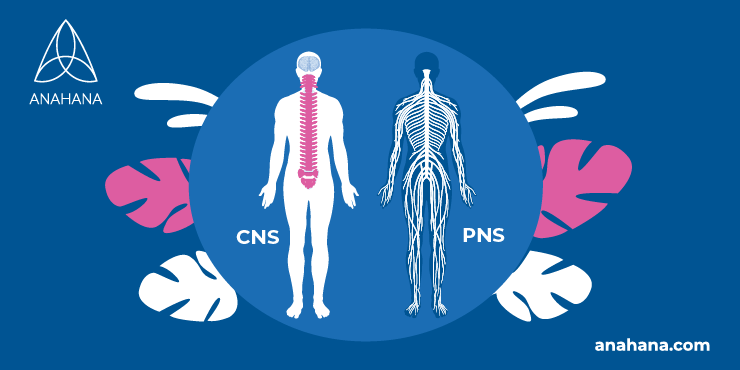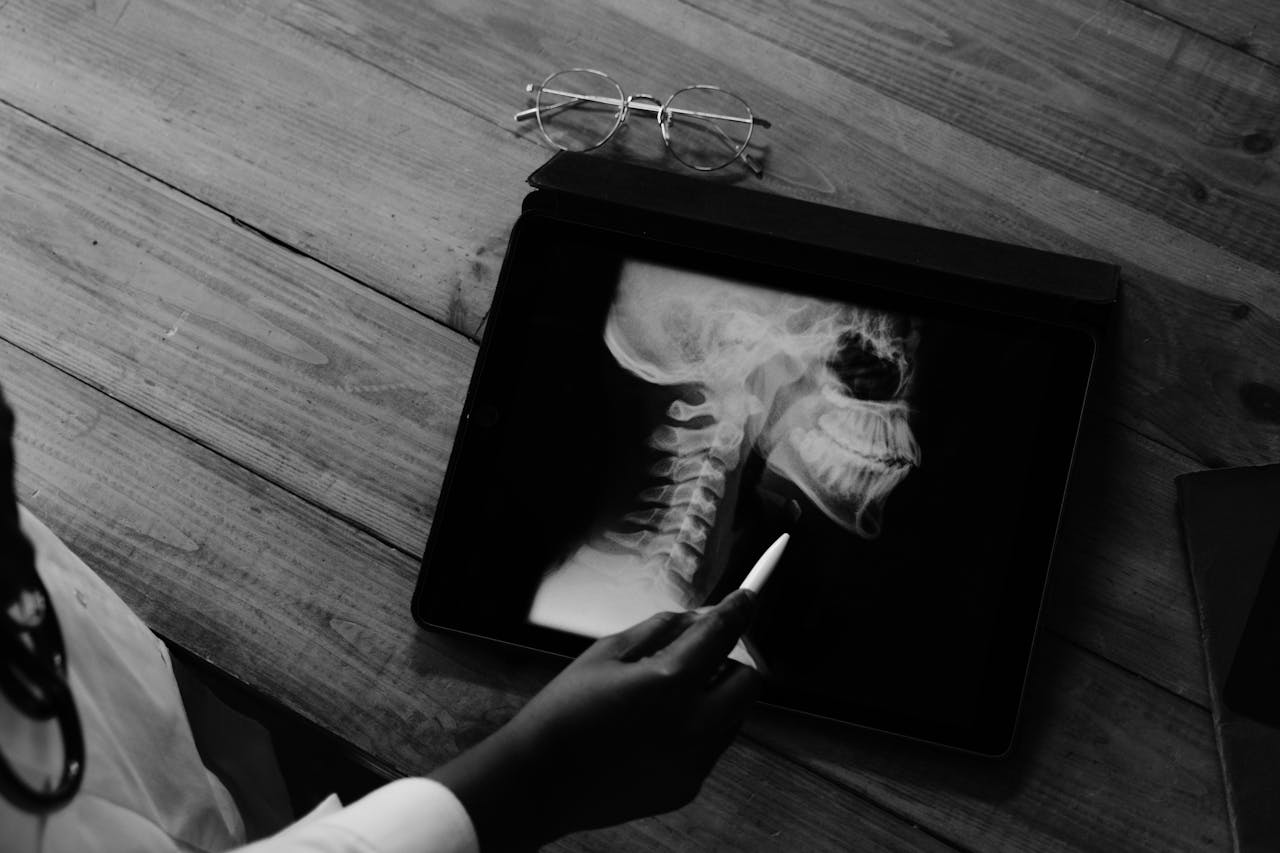
Table of Contents
You might already know that your central nervous system (CNS) is one of the most critical parts of the body. It sends and receives messages between the brain and all the rest of the body using nerve cells, or neurons, which carry these messages.
What is the central nervous system?
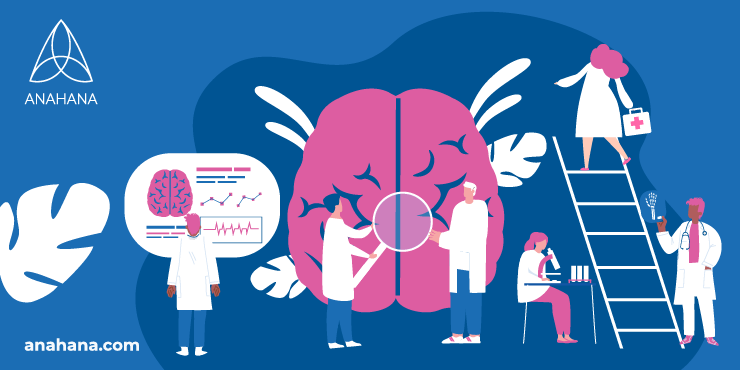 Your CNS allows you to think, feel, and move. It is responsible for everything from your breathing and heart rate to your sense of touch and taste. It coordinates your movements and activities and helps you respond to your environment. Living an everyday life without a healthy central nervous system would be very difficult.
Your CNS allows you to think, feel, and move. It is responsible for everything from your breathing and heart rate to your sense of touch and taste. It coordinates your movements and activities and helps you respond to your environment. Living an everyday life without a healthy central nervous system would be very difficult.
Central Nervous System vs. Peripheral Nervous System
The central nervous system consists of your brain and spinal cord, while the peripheral system (PNS) consists of all the nerves that branch out from your brain and spinal cord to the rest of your body. Together, these two systems make up what is known as your nervous system.
The central nervous system is responsible for processing information and coordinating the activities of your body. It does this by sending and receiving signals from the peripheral nervous system. The peripheral system, in turn, carries messages back and forth between the central nervous system and the rest of your body. It’s one of the fascinating collaborative activities happening in your body every second, even when you’re asleep.
Brain and Spinal Cord
The brain and spinal cord are the central nervous system's components. Think of the brain as the headquarters of all bodily activities – it sends commands to the rest of the body via the spinal cord. The brain has four major sections: the cerebrum, the diencephalon, the cerebellum, and the brainstem, each broken down into areas responsible for different functions.
On the other side, there is the spinal cord. The spinal cord is a long, thin tube of nerves that extends from the brain down to the lower back, safely protected by the spine's vertebrae. Cranial nerves also branch off the brain and connect it to the eyes, ears, nose, and other head parts.
Two Hemispheres
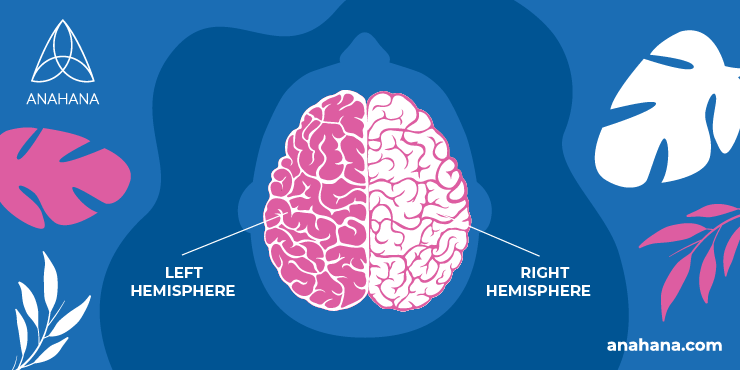 The human brain divides into two halves called the cerebral hemispheres. A bundle of nerve fibers called the corpus callosum connects the two brain regions. Each hemisphere receives sensory information from and transmits motor information to the opposite side of the body.
The human brain divides into two halves called the cerebral hemispheres. A bundle of nerve fibers called the corpus callosum connects the two brain regions. Each hemisphere receives sensory information from and transmits motor information to the opposite side of the body.
Each hemisphere has areas specialized for different functions. For example, language and internal thought processes are controlled more by the left hemisphere versus emotional and non-verbal processes by the right. Quite often, the left-brain and right-brain differences are exaggerated in popular media, but we generally use both sides of our brains equally.
Cerebrum
The cerebrum is the brain's dominant portion and is in charge of consciousness, movement, and more complex cognitive processes such as reasoning and decision-making.
The cerebral cortex is the outermost and most significant portion of the cerebrum. It consists of four lobes with specific functions:
Frontal lobe: problem-solving and judgment, expressive language, personality, and fine motor control.
Parietal lobe: processing somatosensory information such as touch, temperature, and body positioning.
Occipital lobe: visual processing, the center of the brain.
Temporal lobe: auditory processing and language comprehension.
The cerebrum also contains other essential structures, such as the hippocampus (learning and memory formation), amygdala (emotion processing), and basal ganglia (movement regulation and behavioral conditioning).
Diencephalon
The diencephalon is located deep within the cerebrum and contains the thalamus and hypothalamus. The thalamus is the major relay center for sensory and motor information in and out of the brain. It also helps regulate sleep and consciousness. The hypothalamus is responsible for maintaining homeostasis and keeps things like heart rate, body temperature, and hormones at normal levels.
Cerebellum
The cerebellum is located under the cerebrum and controls balance and posture. It cannot initiate muscle contractions but ensures that voluntary movements are smooth and coordinated.
Brainstem
The brain stem connects the cerebrum to the spinal cord and has three components. The medulla oblongata is directly attached to the spinal cord. It controls automatic functions such as breathing and blood pressure, as well as reflexive actions like coughing, swallowing, and vomiting. The pons is the middle segment of the brainstem and contributes to balance and posture. The midbrain sits right below the cerebrum and controls eye movements.
What Is the nervous system FAQ
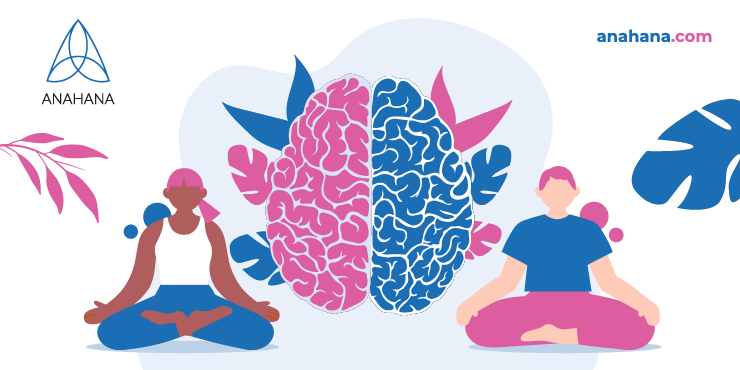 What is the primary function of the central nervous system?
What is the primary function of the central nervous system?
The CNS is responsible for processing information and coordinating the activities of your body. It does this by sending and receiving signals from the peripheral nervous system.
What are the seven main parts of the central nervous system?
The seven main parts of the CNS are the brain, the spinal cord, the cerebrum, the cerebellum, the medulla oblongata, the pons, and the thalamus.
What can cause damage to the central nervous system?
Some common diseases involving the CNS include Alzheimer's disease, Parkinson's disease, and multiple sclerosis. Acute events that can affect the CNS include strokes and traumatic brain or spine injuries. CNS health declines naturally with old age, but this can be worsened by lifestyle factors such as stress, poor diet, smoking, sleep deprivation, and lack of exercise.
How can I protect my central nervous system?
You can do many things to protect your CNS from harm. Some tips include: eating a healthy diet, exercising regularly, avoiding smoking and excessive alcohol consumption, getting enough sleep, and managing stress effectively.
- Stress: Chronic stress results in elevated cortisol levels, peripheral and central nervous system inflammation, and dysfunction of protective immune cells in the CNS called microglia – all of which contribute to cognitive impairment and dementia.
- Sleep: Poor and reduced sleep is associated with cognitive impairment and neuroinflammation. Even one night of sleep deprivation can significantly increase substances in the brain called Aβ plaques which increase inflammation and contribute to the development of Alzheimer’s disease.
- Exercise: Regular physical activity can prevent cognitive decline with aging and is correlated with a 45% reduction in the risk of developing Alzheimer’s disease. You should aim for 30 minutes of moderate-intensity aerobic exercise five days per week or 20 minutes of vigorous aerobic activity three days per week.
- Diet and Gut Health: Adopting a Mediterranean diet slows cognitive decline during normal aging and promotes healthy gut microbiota, reducing inflammation in the CNS. You can also protect your gut health by ensuring adequate intake of omega-three fatty acids, zinc, iron, and vitamins D, A, and E.
What happens if the central nervous system is damaged?
If the CNS is damaged, it can cause many symptoms. Some common problems include problems with movement, balance, and coordination; problems with memory, thinking, and behavior; and problems with sensation and touch.
How do you heal the central nervous system?
There is no one-size-fits-all answer to this question. The best way to heal the CNS will depend on the problem causing damage. However, some general tips for healing the central nervous system include: eating a healthy diet, exercising regularly, avoiding smoking and excessive alcohol consumption, getting enough sleep, and managing stress effectively.
- Exercise: Regular aerobic activity improves cognitive function, reduces neuroinflammation, and causes positive anatomic and physiologic changes in the brains of people with mild aging-induced cognitive decline and even early-stage Alzheimer’s disease.
- Diet and Gut Health: A healthy diet supports the healing benefits of physical activity. Probiotics and fecal matter transplants restore normal microglia function and reduce Aβ plaques in mouse models of Alzheimer’s disease. Vitamin D supplementation may help improve cognitive function in patients with Alzheimer’s disease.
Resources
https://www.ncbi.nlm.nih.gov/books/NBK442010/
https://www.ncbi.nlm.nih.gov/books/NBK542179/
https://www.ncbi.nlm.nih.gov/books/NBK537247/
https://www.ncbi.nlm.nih.gov/pmc/articles/PMC3897366/
https://www.ncbi.nlm.nih.gov/books/NBK538167/
https://www.ncbi.nlm.nih.gov/pmc/articles/PMC7234821/

By: Emma Lee
Emma is an editor for Anahana and a soon-to-be graduate of the Master of Science program at the University of Toronto. She graduated with a Bachelor’s in Neuroscience and Immunology at the University of Toronto and has extensive experience in research. She is passionate about learning the science behind health and wellness and hopes to contribute her knowledge to help people live healthier lives. Outside of Anahana, Emma enjoys exploring nature, playing with her dog, and doing arts and crafts.
